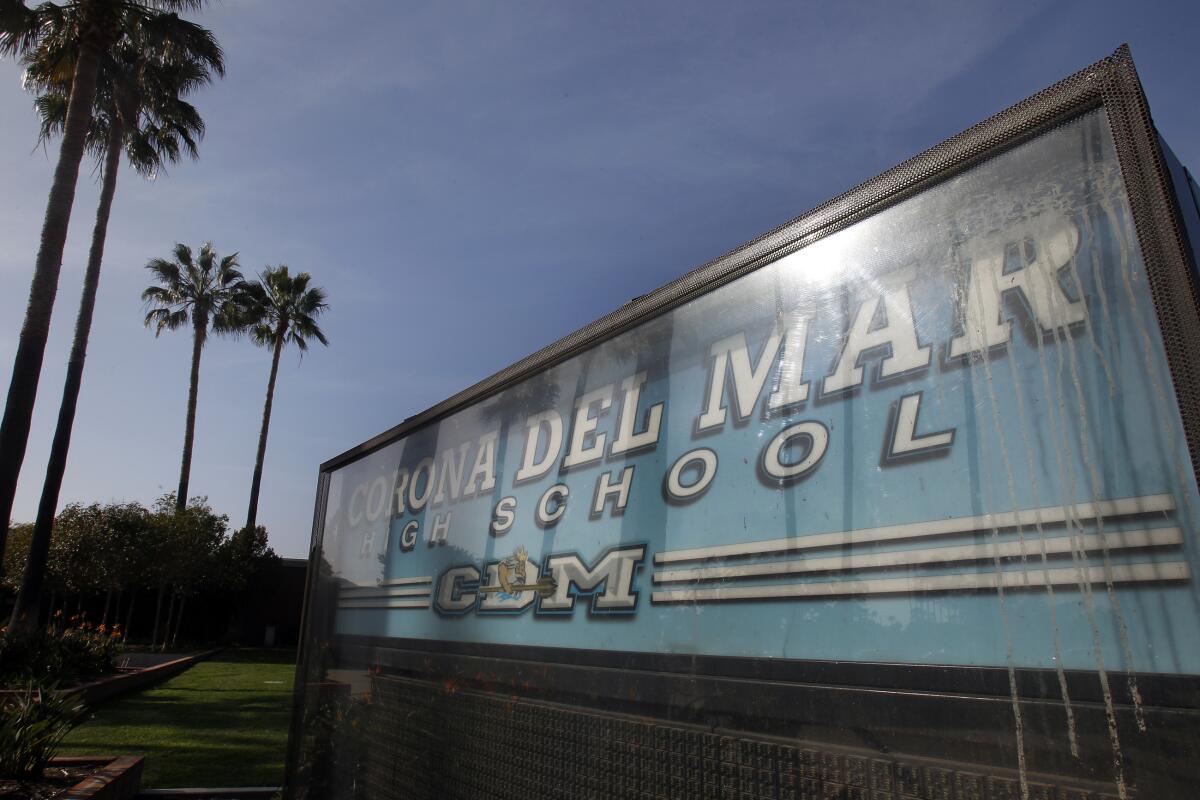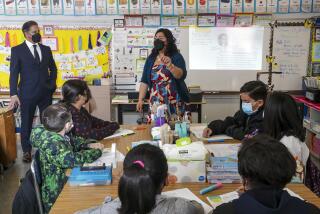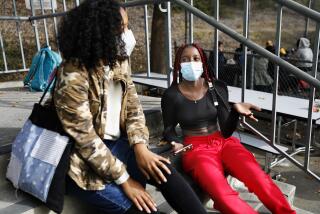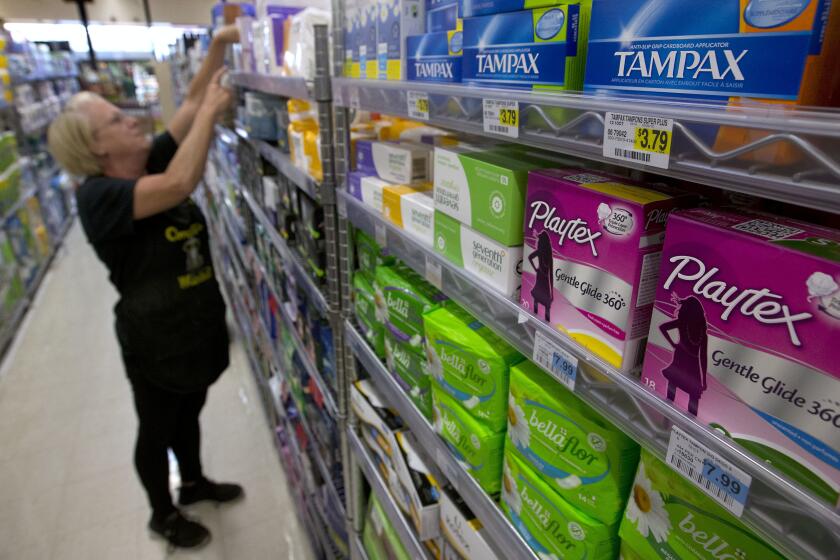When can schools reopen? What you need to know about waivers and watch lists

- Share via
As county coronavirus case loads drop, the prospect of reopening schools improves. Last week health officials granted school reopening waivers to 30 elementary schools in Orange County. L.A. County’s chief medical officer said local coronavirus numbers may soon drop enough to consider elementary school waivers as well.
But what are the requirements for waivers? And most important, what will it take to reopen all elementary, middle and high schools in your county?
Here’s what you need to know about California’s school reopening requirements.
The state prohibits reopening K-12 schools in counties on its coronavirus watchlist.
Gov. Gavin Newsom announced in July that any county that is on the monitoring list cannot open K-12 schools for in-person classes, including all public, private, charter and faith-based schools.
Any of the following factors could prompt the state to place a county on the list:
- More than 100 cases per 100,000 residents over the last 14 days, excluding prison cases;
- More than 25 cases per 100,000 residents over the last 14 days AND a positive test-result rate of more than 8% over a seven-day period.
- Increases in hospitalization rates and decreases in availability of intensive-care unit beds and ventilators.
There is a waiver process for elementary schools to open earlier.
Newsom allowed for a school district superintendent or director of a charter or private school to apply through their local health agency for a waiver to reopen school for grades K-6 only. The waivers acknowledge the difficulties young children encounter with online learning.
One key waiver metric calls for the county’s 14-day COVID-19 case rate to be at or below 200 per 100,000 residents. Health officials in L.A. County, where the case rate is well above that, have said they will not issue waivers but will reconsider their decision once the number falls to an acceptable level.
According to guidelines laid out by the California Department of Public Health, waiver applicants must consult with labor, parent groups and community-based organizations.
They must also submit plans that include small, stable class sizes; rules for social distancing; protocols for how to handle outbreaks; a plan for testing if exposures do occur; and criteria for when to close, among other information. District approval would be required for any school that seeks the waiver. The plans must be posted publicly.
Local health officers must review epidemiological data and consult with the state before granting a school its waiver.
K-12 schools can open only after their county is off the watch list — and it’s complicated.
Schools may begin the process of reopening after their county has remained off the state watch list for 14 days.
Schools that do reopen must have COVID-19 prevention and response plans in place, including promoting healthy hand hygiene, requiring face coverings for all staff and students in the third grade and above, maintaining distance inside and outside of the classroom, checking for signs and symptoms of COVID-19, and having a plan in place for when someone becomes sick.
If a school reopens and the county in which it is located gets placed back on the state’s monitoring list, the school does not automatically have to close, under state guidelines.
The threshold for closing schools depends on the number of COVID-19 cases and percentage of teachers, students and or/staff who test positive — and on guidance from the local health agency. The state guidelines say that if a teacher or student in a classroom tests positive, those exposed — likely the entire class — should be sent home and the classroom closed for cleaning and disinfection.
The state guidelines say school closure “may be appropriate” when there are multiple cases in multiple cohorts at the school, or when cases within a 14-day period hit at least 5% of the total number of teachers, students and staff, depending on the size and physical layout of the school.
A school district should close if 25% of its schools have closed due to COVID-19 within 14 days.
Times staff writer Rong-Gong Lin II contributed to this report.
More to Read
Sign up for Essential California
The most important California stories and recommendations in your inbox every morning.
You may occasionally receive promotional content from the Los Angeles Times.












